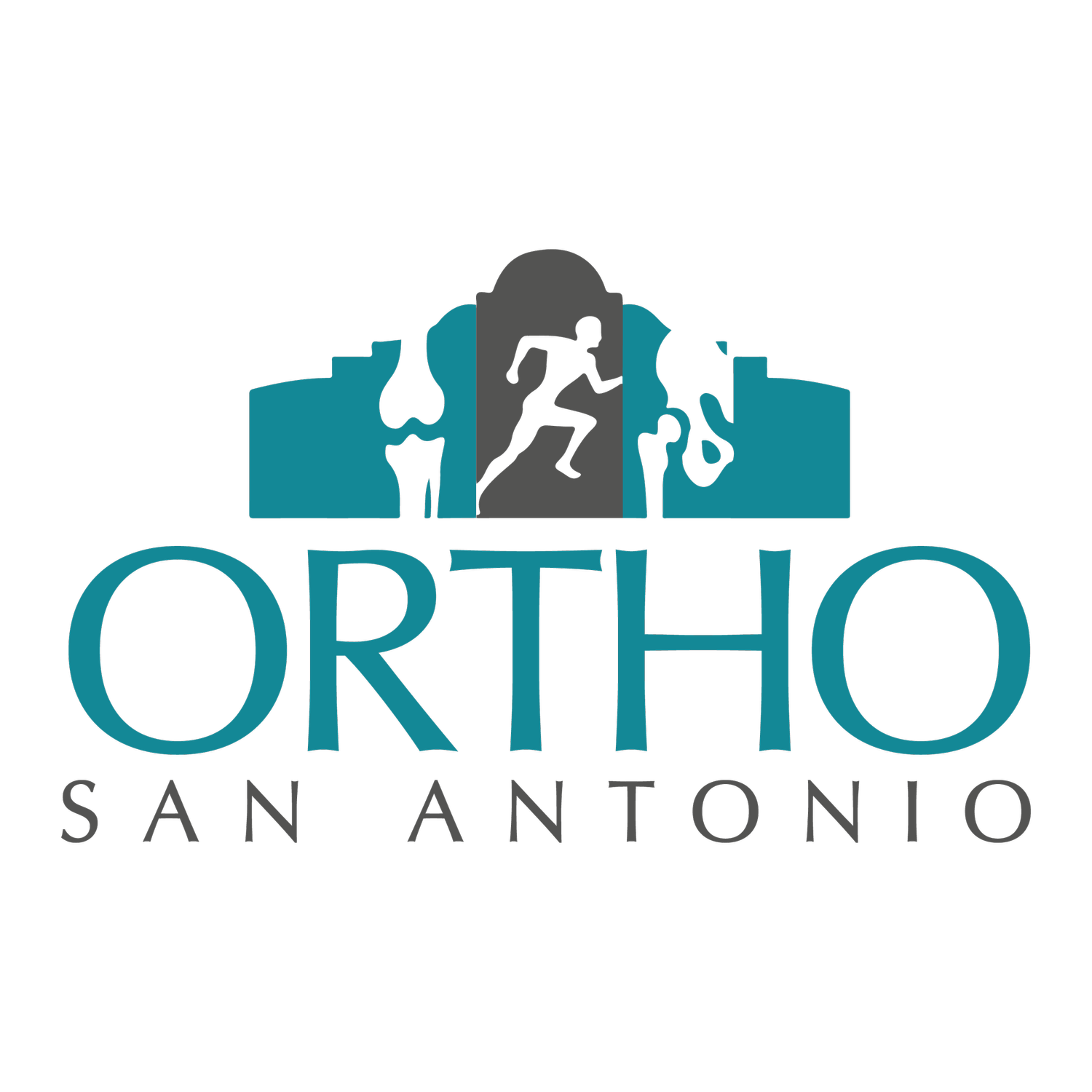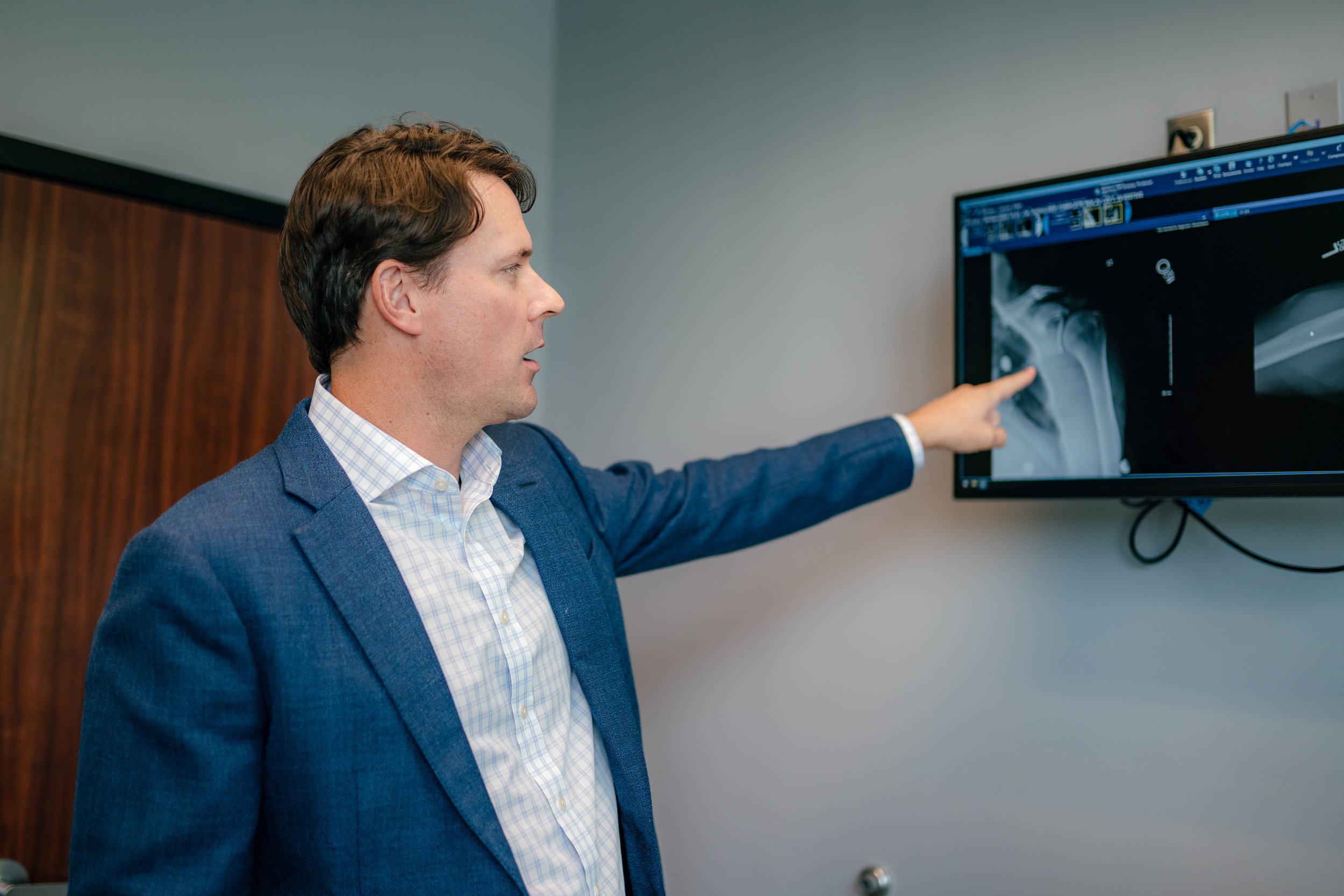Orthopedic Surgery: Pre & Post-Op Expectations for Different Joint Replacements
At Ortho SA, our Joint Replacement Surgery procedures are available based on the area in which you are experiencing pain or discomfort. But did you know that preoperative and postoperative care vary by joint replacement?
Whether it's a hip, knee, ankle, or shoulder replacement, the recovery process may be different for each surgery. Here's our pre- & post-op guide for a variety of joint replacement surgeries!
TYPES OF JOINT REPLACEMENT SURGERIES WE PROVIDE
Total Shoulder Replacement:
A total shoulder replacement involves the surgeon removing damaged or broken cartilage from the shoulder area and replacing it with artificial material.
Total Ankle Replacement:
A total ankle replacement is a surgery that involves removing the damaged bones and surfaces of the ankle and replacing them with prosthetic parts.
Total Knee Replacement:
A total knee replacement is surgery where the parts of the knee causing pain are removed to relieve the pain.
A total hip replacement is a surgery that removes your impaired bone and replaces it with artificial cartilage parts.
Total shoulder replacement
Pre-Op
Before shoulder replacement surgery, patients will undergo similar pre-operative measures as other joint replacements. Your surgeon will evaluate your condition before recommending total shoulder replacement for you. During your examination of your shoulder, they will review your medical history, assess the extent of pain and mobility, and may order X-rays or MRIs (magnetic resonance imaging) to get a better understanding of the condition.
To control pain and inflammation, lifestyle adjustments often include strengthening and mobility exercises for the shoulder, modifications to daily activities, and medication management. In addition to the physical preparation, education about the surgery, anticipated outcomes, and potential risks is vital, as well as speaking with the healthcare team if you have any concerns or questions.
Post-Op
After the surgery, antibiotics and pain medications are prescribed to prevent infection and control pain. A sling or cast may be used to secure your arm. Patients will continue with wound care and physical therapy as they transition to home recovery. Physical therapy is an essential part of a rehabilitation program after shoulder surgery, which helps strengthen and improve mobility of the joint.
Regaining full shoulder range of motion and strength will require long-term rehabilitation. However, two to six weeks after surgery, you may be able to perform simple daily activities. The recovery process will be monitored during regular follow-up appointments with your healthcare providers to ensure proper healing.
Total Ankle replacement
Pre-Op
Preoperative protocols for ankle replacement surgery include medical evaluations, diagnostic imaging, and consultations with medical professionals. The surrounding muscles and ligaments may need to be prepared for surgery by modifying footwear and practicing mobility exercises.
Patients should also educate themselves about the procedure, understand any outcomes and risks, and discuss any concerns with their healthcare team.
post-Op
Immediately following the procedure, you will be taken to the recovery room where the ankle joint will be immobilized with a splint or cast. Immobilization depends on the type of repair and the surgeon's preference. During the healing process, the surgical site should be kept clean and dry. Medications may be prescribed for pain management. Pain and swelling can be reduced by elevating the ankle and applying ice.
Following surgery, patients will continue wound care at home and adhere to their surgeon's restrictions. Ankle rehabilitation will include physical therapy, which focuses on restoring mobility and strength. The exercises will help to facilitate healing and improve ankle function. Providing long-term rehabilitation and regular follow-up appointments will be key to the successful results.
Total Knee replacement
Pre-Op
During the pre-operative period, patients can expect to receive a comprehensive assessment of their knee replacement needs. X-rays and MRIs are often performed, as well as consultations with their surgeon.
Lifestyle changes should take place, such as exercises to strengthen the muscles around the knee joint, dietary changes to aide in healing, and medication management to minimize complications. In addition to physical preparation, mental preparation is also important. This entails learning about the procedure, its potential outcomes, as well as post-operative expectations.
post-Op
After a total knee replacement, recovery will vary depending on the procedure used to repair the injury. Following surgery, patients will continue wound care and adhere to any activity restrictions prescribed by their surgeons. Pain medicines may be prescribed. It may be recommended to use crutches or a knee brace for several weeks.
Recovering typically includes physical therapy and rehabilitation. Therapeutic exercises will aim to restore range of motion and strengthen the leg and knee muscles. For optimal outcomes, long-term rehabilitation is essential. To monitor progress and address any concerns, follow-up appointments are scheduled on a regular basis.
Total HIP replacement
PRE-Op
Patients can expect a comprehensive pre-operative evaluation, which includes a medical history assessment, imaging studies, and a consultation with the surgeon. Strengthening hip muscles, modifying daily activities to minimize discomfort, and taking medication can help reduce inflammation and improve pain control.
It is important for patients to mentally prepare themselves by learning about the procedure, potential complications, and expected outcomes.
post-Op
Patients will be prescribed pain medications to manage pain following total hip replacement surgery. Ensure wound care is continued and follow any restrictions placed by their surgeon. For the first few weeks after surgery, avoid lifting heavy objects or performing strenuous exercises. Crutches can also limit or prevent weight bearing on an operated hip.
A crucial part of rehabilitation is physical therapy, which strengthens the hip and enhances range of motion. As a result, hip function will be restored. Regular follow-up appointments are also scheduled to monitor progress and address any concerns throughout the recovery journey.
Remember, the best outcome will be achieved by following your postoperative instructions provided by your surgeon.
Are your Ready to find a solution to your joint pain?
Take the first step towards better mobility and quality of life with joint replacement surgery today. Ortho San Antonio's highly trained surgeons and modern technology ensure that your recovery is our top priority. We will provide you with the necessary treatment plan and guidance on how to quickly return to your usual daily activities. Your health deserves nothing less than excellence!



